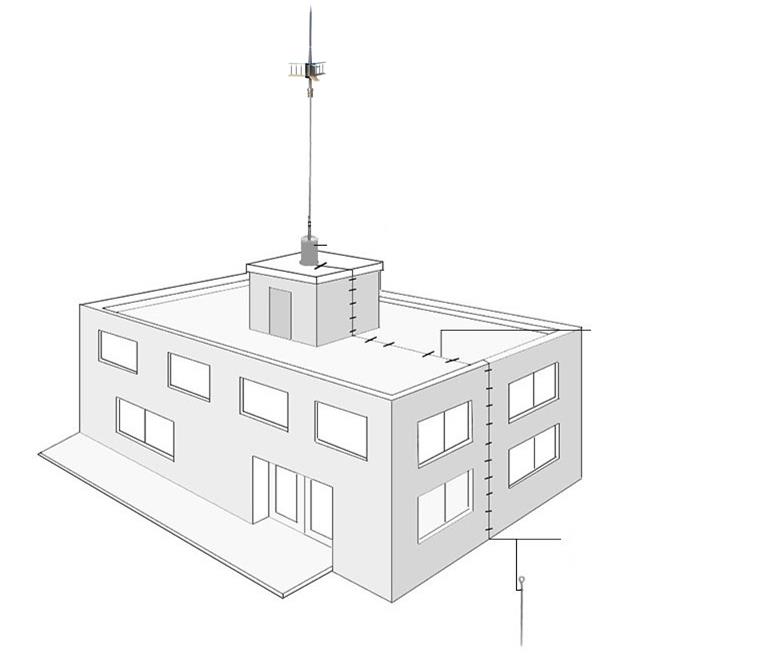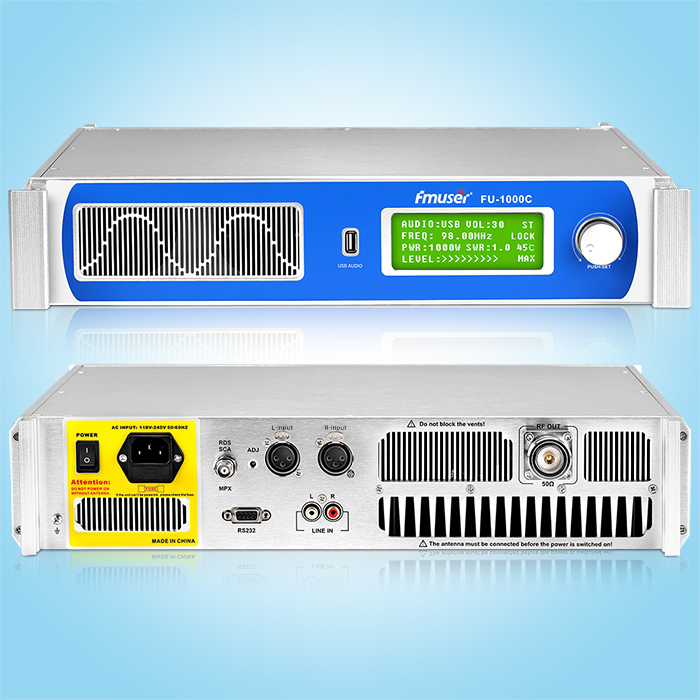Speaking of signal sources, electronic engineers must be very familiar, it is the test instrument that is often prepared by product research and development in electronics and information communications. Signal sources also referred to as signal generators, is an electronic device that can generate an analog or digital domain electronic signal. It has many different types, mainly including function generators, RF and microwave signal generators, arbitrary waveform generators, numbers. Code type generator and frequency generator. Among the fields of analog signals or analog digital mixed signals, any waveform generator (AWG) has very common and widely used applications.
Any of the arbitrary waveform generator is very important is the ADC, DAC, op amps, clock, and power supplies used. These devices are properly selected to ensure that the system can provide lower spur, noise, and other key indicators. Global Simulation Technology Lead New Arbitrary Waveform Generator Solutions Design Reference, focusing on applications with 300MHz below bandwidth, using Adi advanced DAC technology, providing lower spurious and noise indicators, able to solve users The confusion of chip selection can also be predicted in advance, and it can be made in the previous design.
How does the six major designer of any waveform generator break?
Any waveform generator is one of the most widely used general instruments in the modern electronic test field. It uses high speed DAC to convert waveform files in memory into actual waveform signals, and its waveform file can be flexibly customized by the user, and the waveform feature is only limited to Its sampling rate bandwidth. Due to the existence of various interferences and the changes in the environment, the actual operation in the actual electronic environment, there is often a variety of signal defects and transient signals, such as overpass, spike, damping transient, frequency mutation, and the like. Any waveform generator can produce a variety of ideal and non-ideal waveform signals, and thus can be used in various types of semi-real simulation. For example, the recurrence of a car collision experiment, or generates a high-speed analog signal to test a function of a chip. From a simple sine wave to a complicated AM / FM modulation signal, there is any waveform generator for more complex QAM modulation signals.
The conventional waveform generators have used DDS (Direct Digital Synthesizer, direct digital frequency synthesizer) technology, which is first proposed by American scholars J.Tiemey, C.M.Rader and B.Gold for the first time in 1971. However, since the data structures inside the DDS chip are fixed, it is not easy to change, so that the type of output waveform is limited, the configurability and flexibility of the system are also limited, but the power consumption is still relatively large, the cost is also relatively high. . Later, with the growing development of the on-site programmable gate array FPGA technology, more and more people have begun to pay attention to the design of any waveform generator using FPGA technology. In the process of design, the following six design difficulties are worth paying special:
High-speed large
There are many high-speed op amps, but the output is very large, so some high-speed signal amplification circuits need to be achieved by means of discrete triodes, so that the design is greatly increased.
Flat passband characteristics
The pass band is not good enough to cause waveform distortion, sine wave can be optimized with amplitude compensation, but the arbitrary waveform does not do this, so a performance excellent signal source, its hardware circuit must be excellent Plantation indicator.
Low noise
Want to generate 1MVP-P or even smaller signals, the signal-to-noise ratio indicator is a problem that does not have in the past, and it is necessary to take into account the design of the entire product to end.
Low jitting square wave, pulse wave
When the square wave generated by the pure DDS architecture is in the non-FSA / N frequency output, there is a maximum of 1 / fsa jitter, which is a huge visible jitter, so it is usually unacceptable, it must be removed by some special ways. Vitamo. This problem does not exist in the point-by-point output waveform generator using a variable sampling rate.
Trigger the jitter between the channel and the analog channel
The jitter between the trigger output and the analog channel output is mainly from alignment issues of digital signals and analog signals. The trigger output from the digital signal generated by the FPGA, when the FSA / N frequency output is output, it cannot be aligned with the analog signal phase to zero, so periodic jitter is generated. The jitter between the trigger input and the analog channel output is due to random, in most cases, in most cases, the FPGA sampling master clock is not aligned, so that the switching signal sample is converted to the analog output with significant jitter.
Two channel phase alignment
Originally, the clock from the same clock chip is supplied to two DACs, and the Layout delay control is better, and the phase synchronization of the two channels is easy to implement. However, in fact, there is a DLL inside the high-speed DAC. The initial phase after power is changed, so you want to do the phase alignment of the PS level is still more challenging. For this problem, the DAC using the dual channel is simple, but the indicator of channel isolation may be deteriorated.
ADI high-performance arbitrary waveform generator is like this
ADI provides a reference to any waveform generator system block diagram of the most common DDS architecture-based FPGA + DAC. For example, to implement the AWG of 2.5GSPS, you need to run 10 sets of DDS in parallel inside the FPGA. Each set of DDS is 250MHz, and each set of initial phase intervals 36 degrees, each set of DDS uses the same waveform lookup table LUT, and finally generate Data and string Convert Synthesis 2 Sets of high-speed 1.25Gbps14 path LVDS data sent to DAC.
AWG typically requires high-as-low jitter clock chip, such as LTC6952 or HMC7044, recommended for the jitter indicator of the signal. If the AWG is designed to be output into a channel, the MCU is suitable for placing an external interface such as GPIB / USB / LCD (no need to isolate design). The AWG floating output capability is a relatively safe design, even if the object (DUT) is not working on the ground, it is not damaged, or the DUT or AWG itself.
The design that triggers the input and output port has certain difficulty, mainly in how to remove the jitter between the channel output signal. Triggering the input signal port may be an analog signal, so a high speed comparator is required to convert to a digital level, such as the ADCMP 605, and the direct differential output to the FPGA, which can reduce the excess signal path to cause crosstalk to the analog channel.
The AWG power topology is mainly based on high integration and low noise power chip. For any waveform generator, the signal source product requires noise, the better, the higher the signal-to-noise ratio, the better. However, most of the power supplies come from AC to DC or DC to DC power supplies, there is a lot of switching noise and high frequency spikes, so for LDO selection mainly consolidate PSRR indicators, it is best to choose to have broadband suppression capabilities, then the largest The degree suppression of the ripple and harmonics of DC to DC. A relatively recommended LDO is LT3045-1, which still has a 50MHz of PSRR. For FPGA applications for power supply, the number of voltage paths is also relatively large, and the power module such as LTM4643 / LTM4644 is recommended to simplify the Layout area and design difficulty, and one can meet the power supply requirements of most FPGAs.
in conclusion
With the continuous development of communication technology, the radar system, the frequency stability of the signal source, the number of spectrum purity, frequency range, and output frequencies, and the shape of the signal waveform also proposes more and more requirements. Any waveform generator can not only produce standard waveforms such as sine wave, square wave, but also need to produce any waveform according to demand, the output waveform quality, wide frequency range, high frequency stability, accuracy and high frequency conversion speed and frequency The output waveform phase is continuous during conversion.
Our other product:















